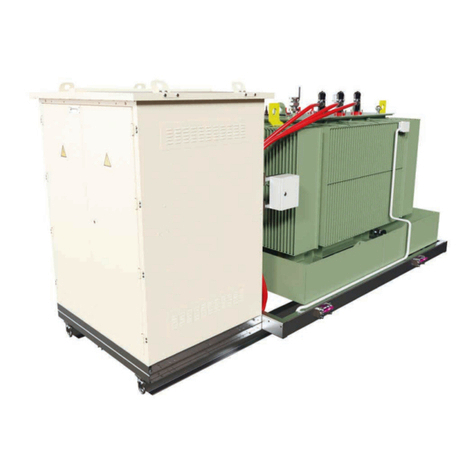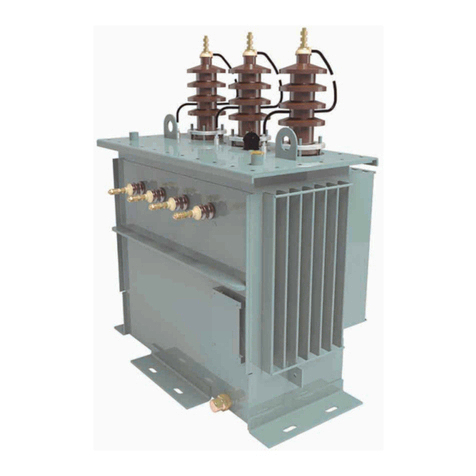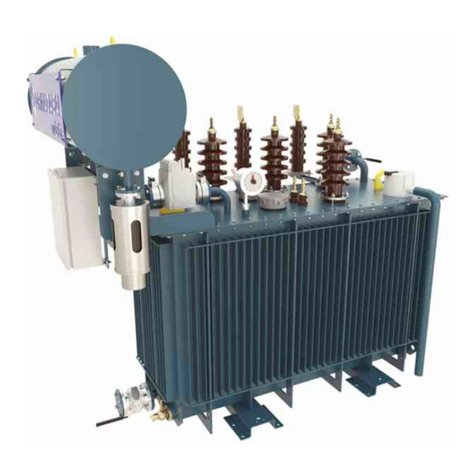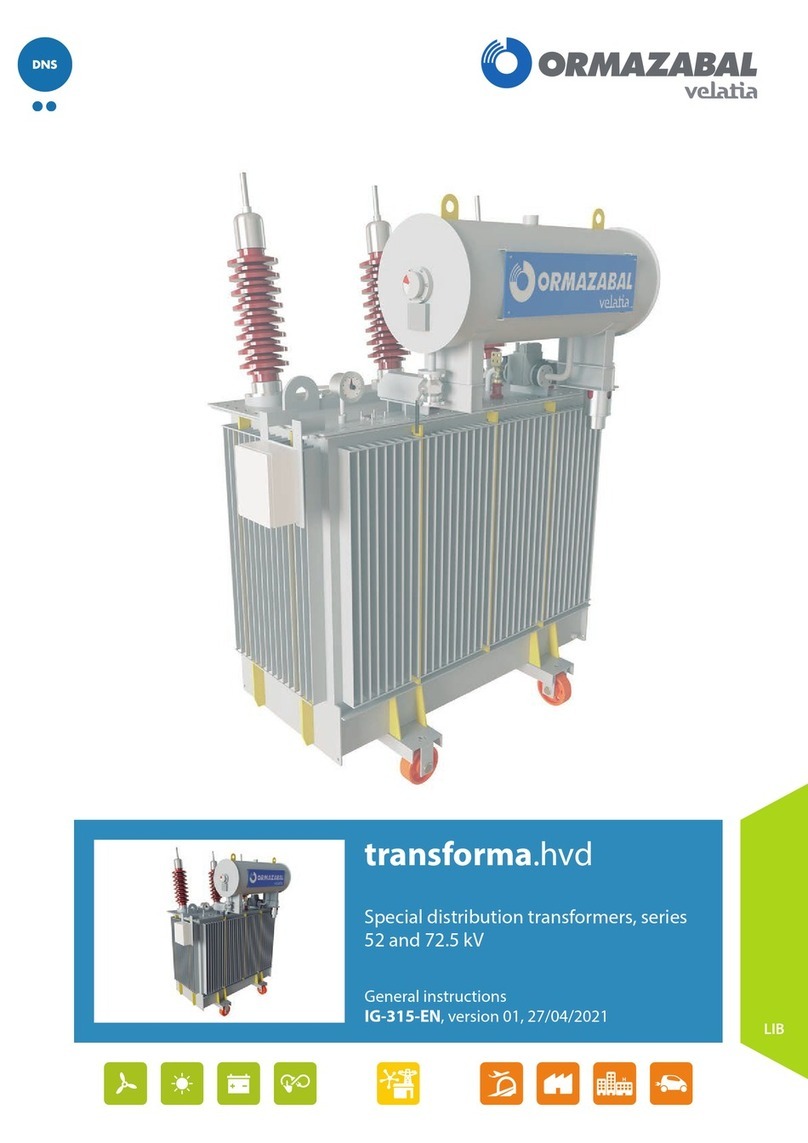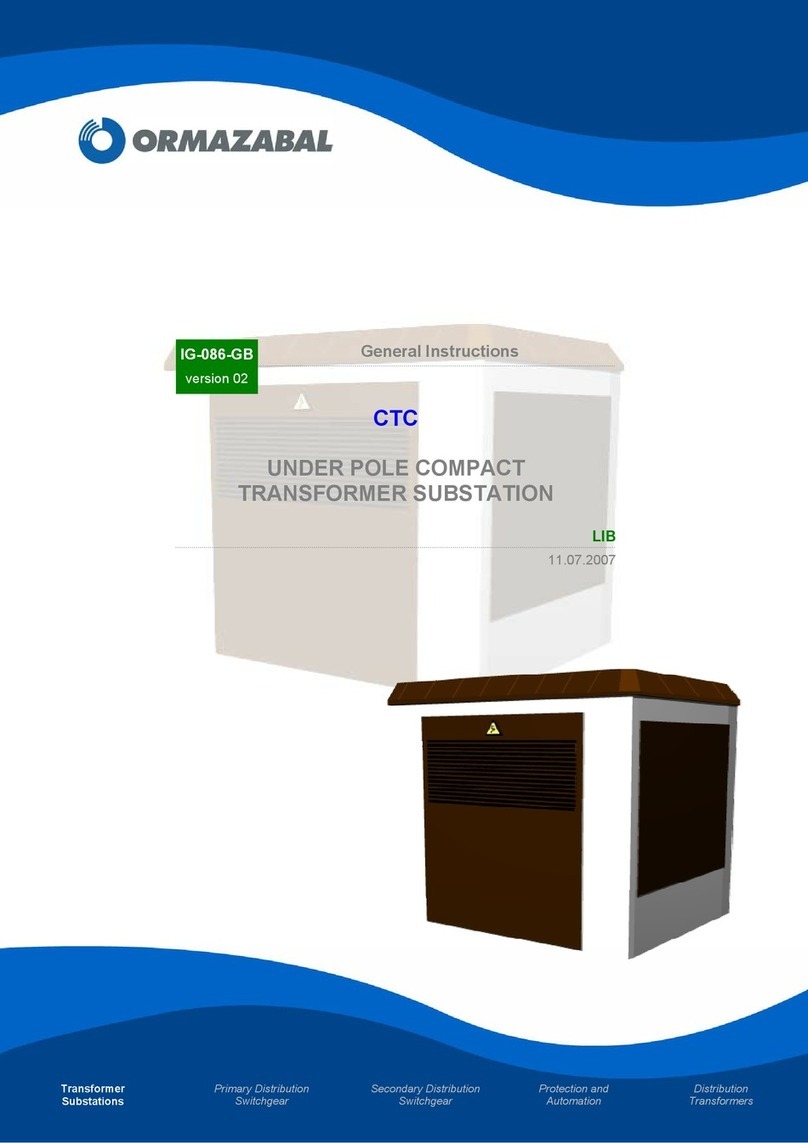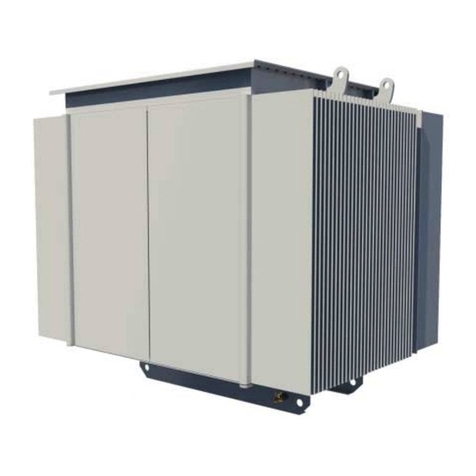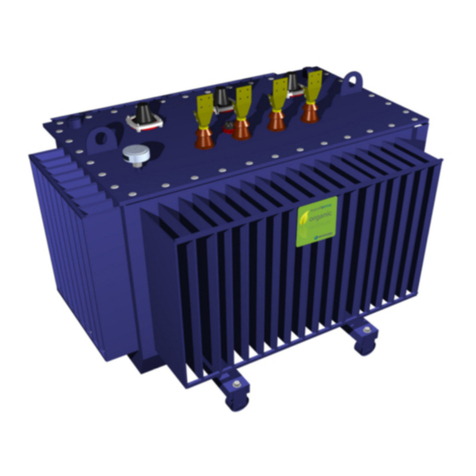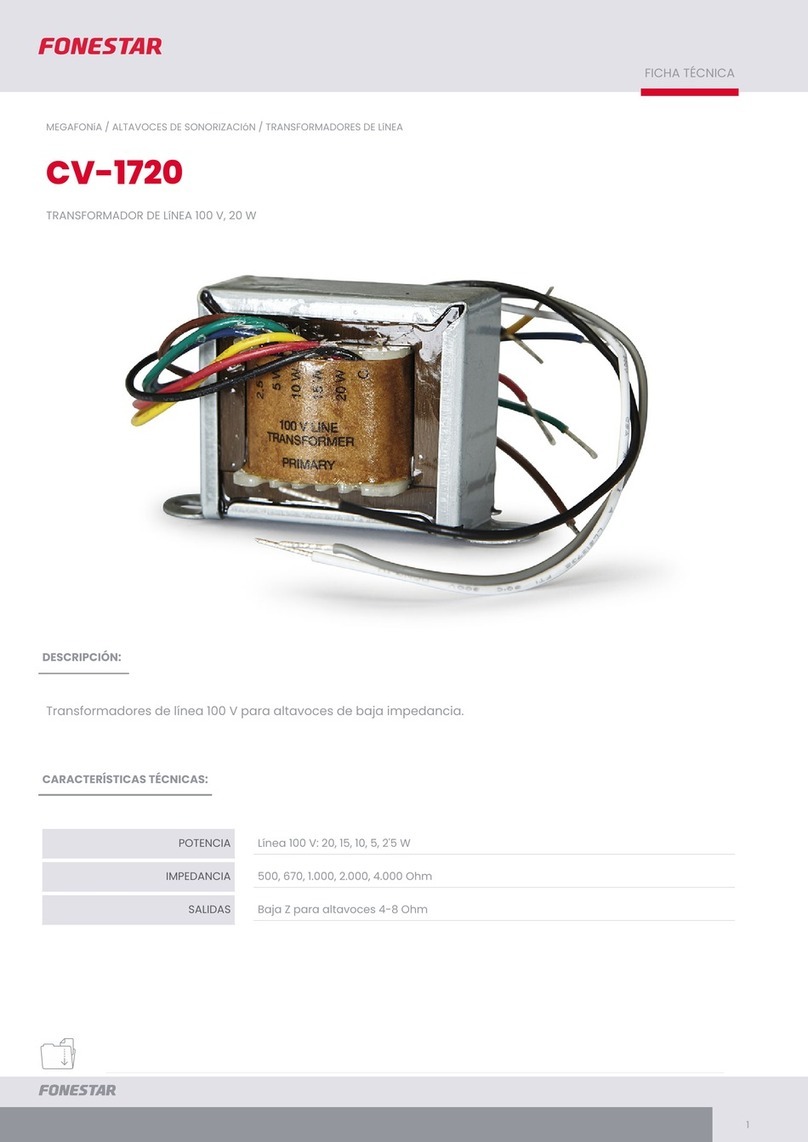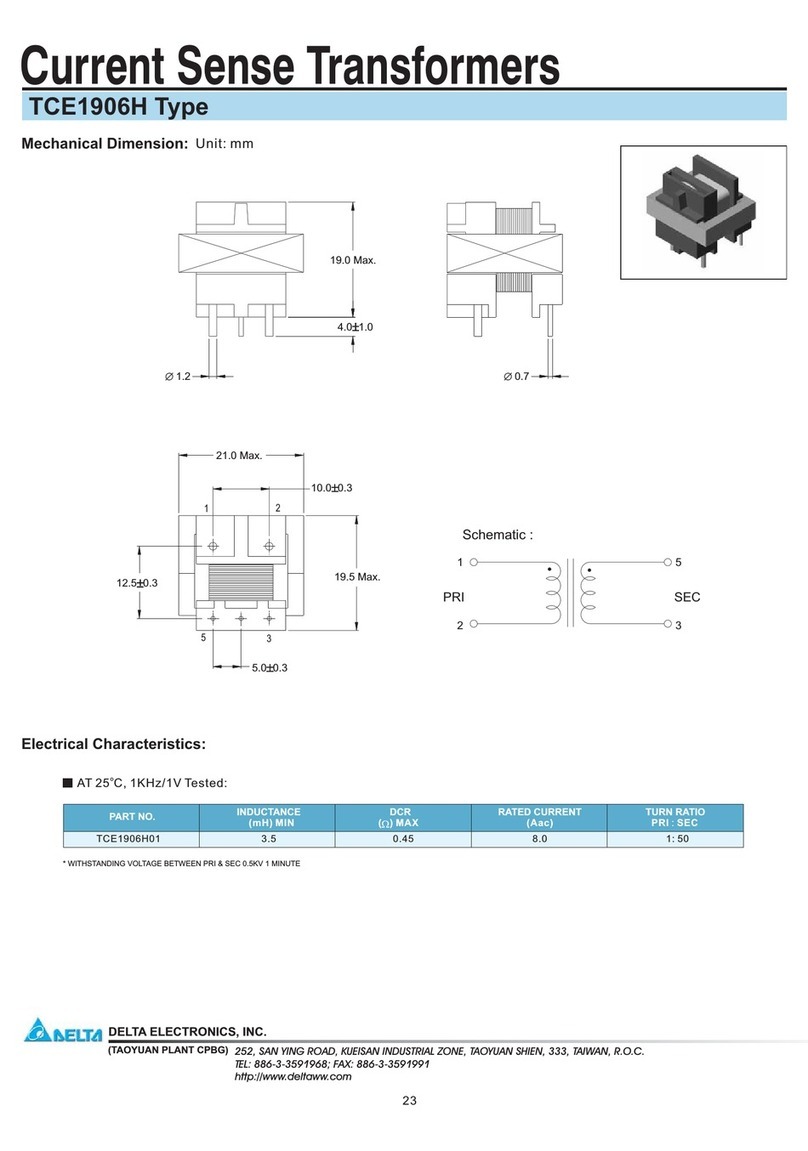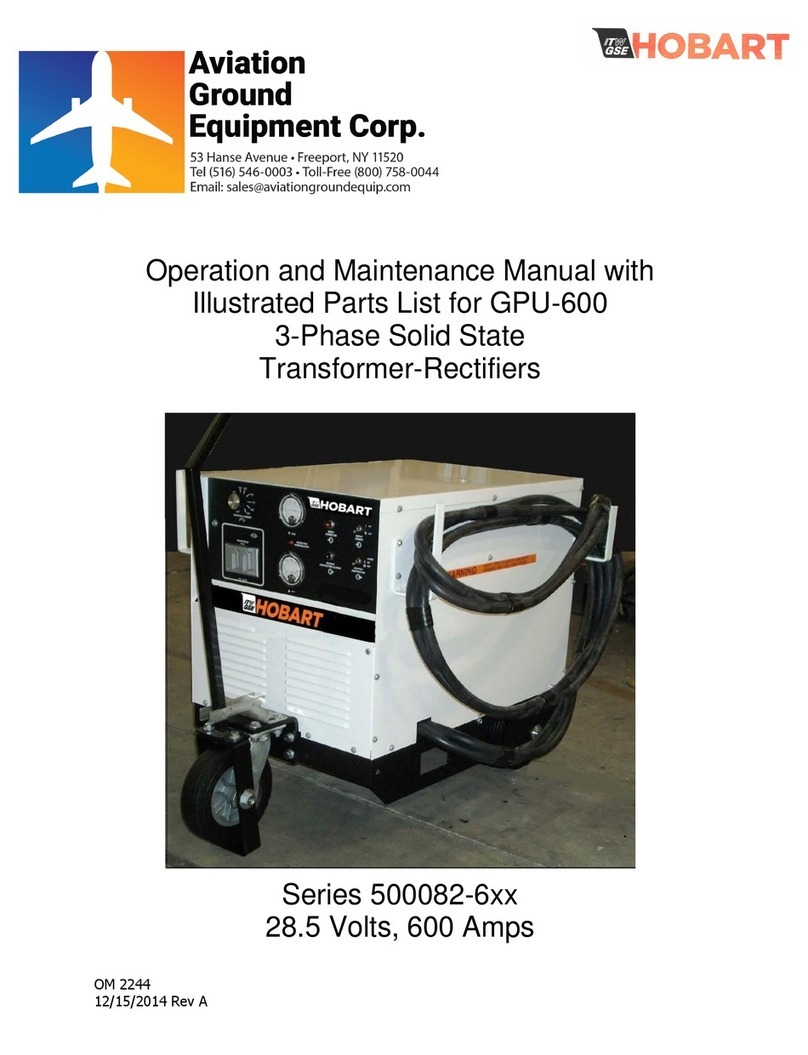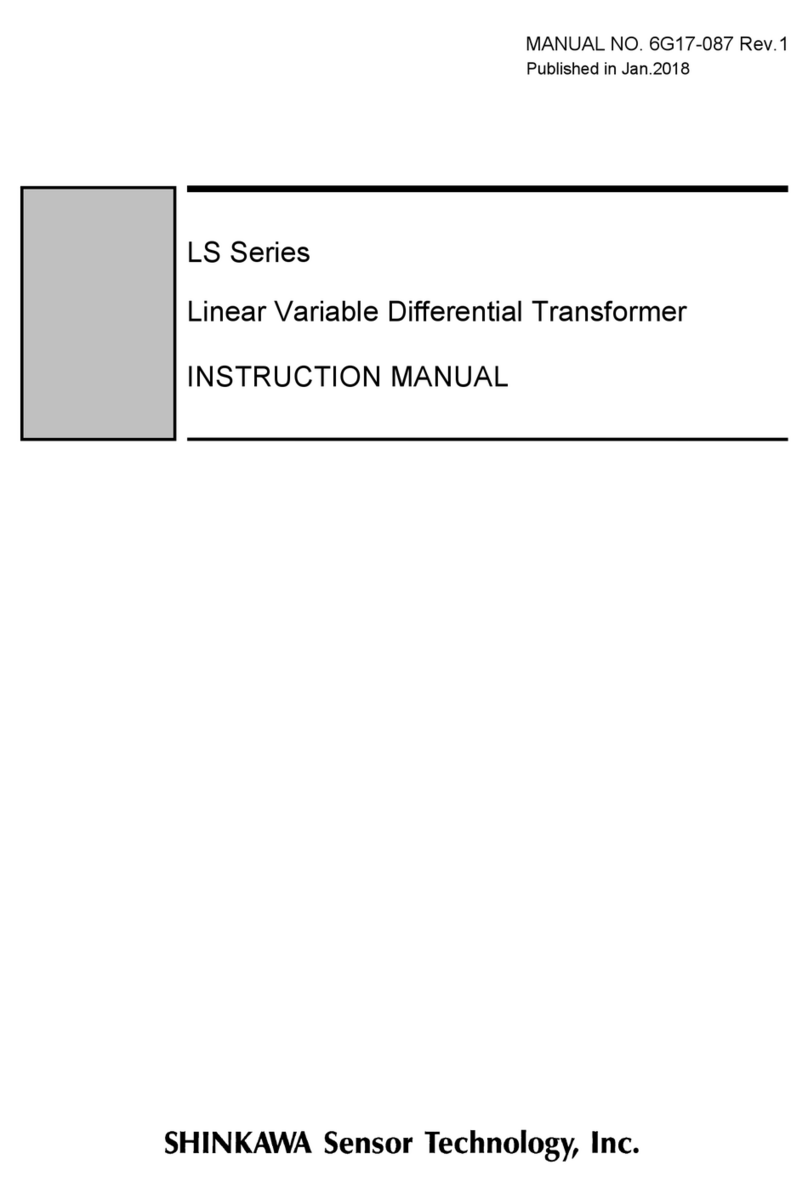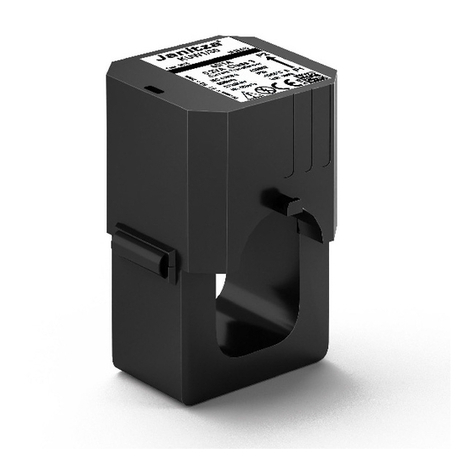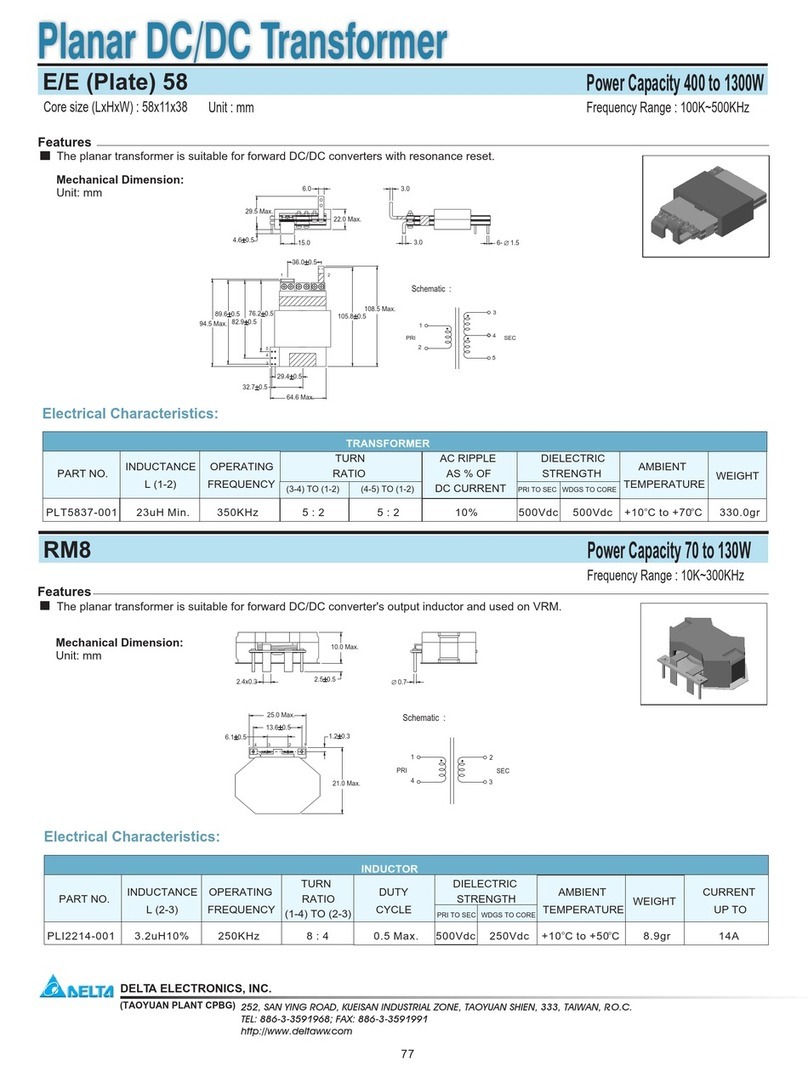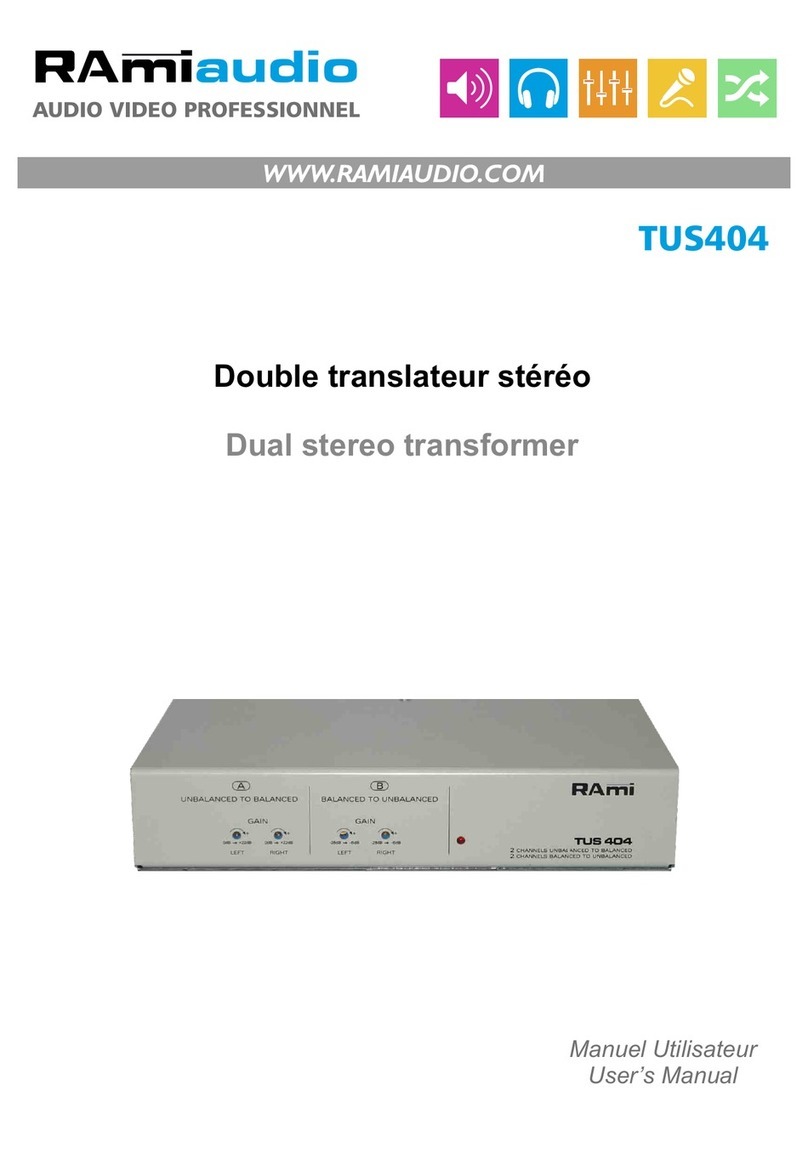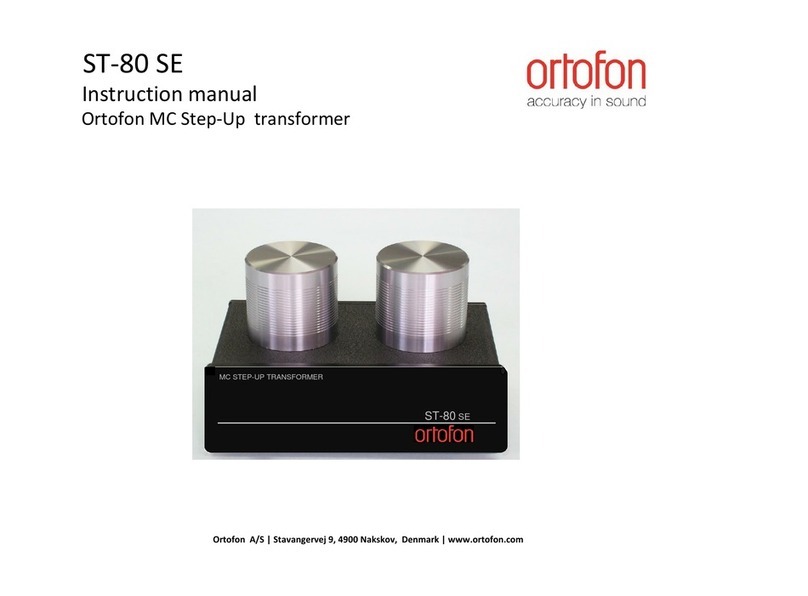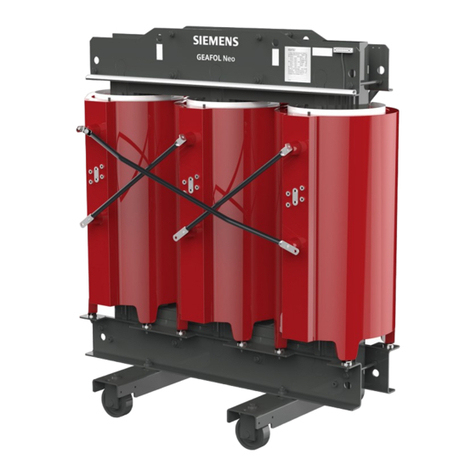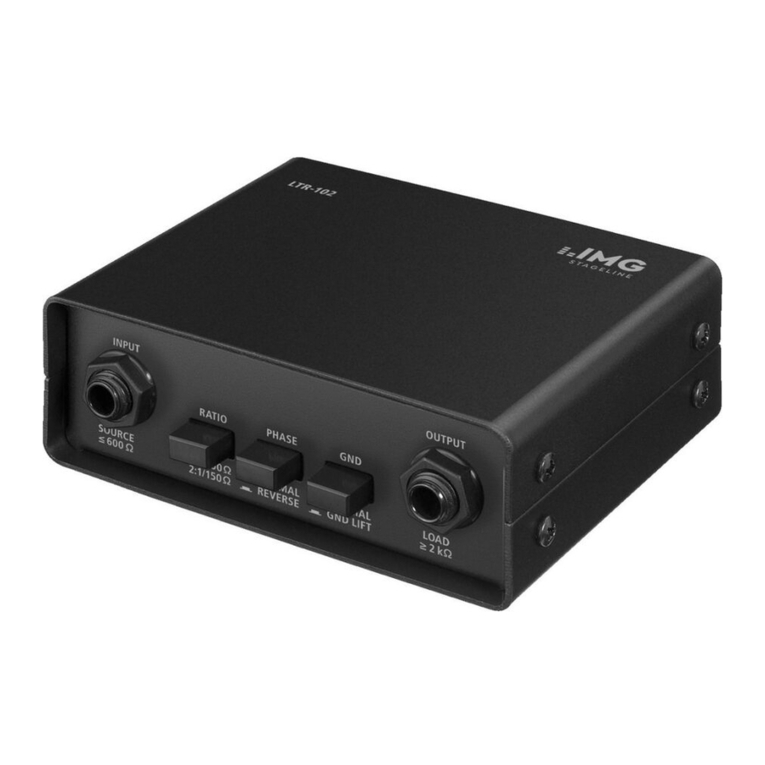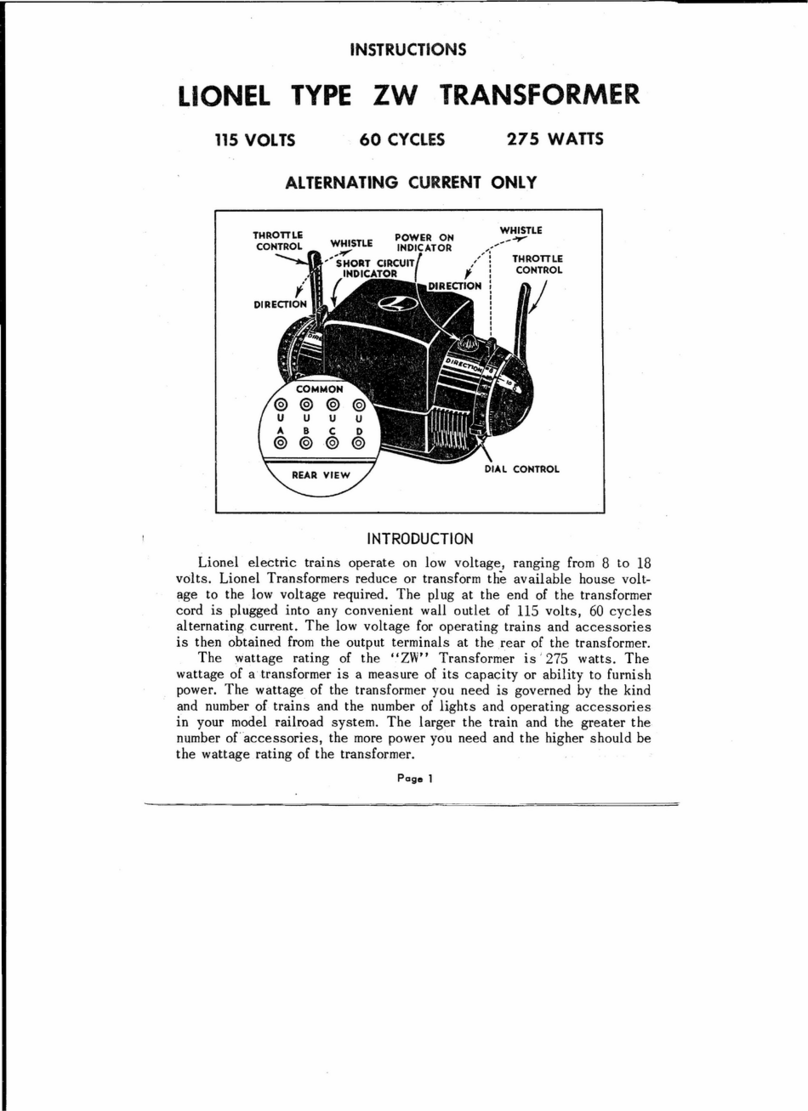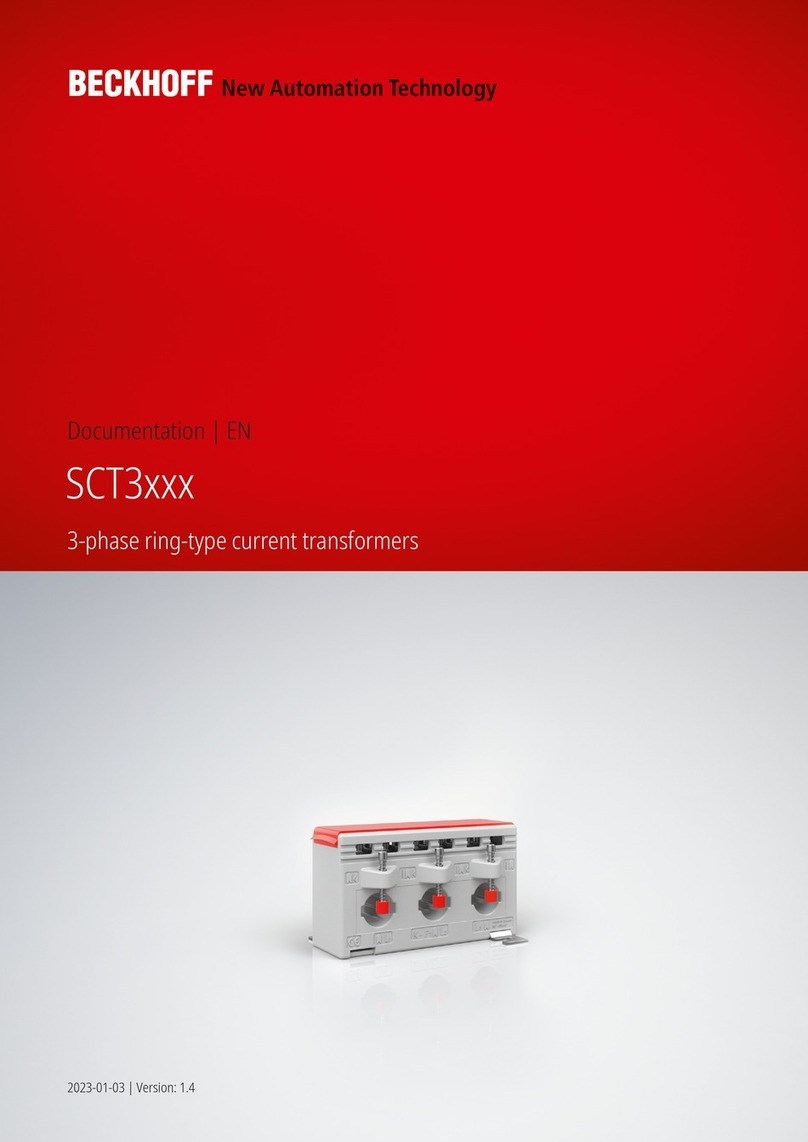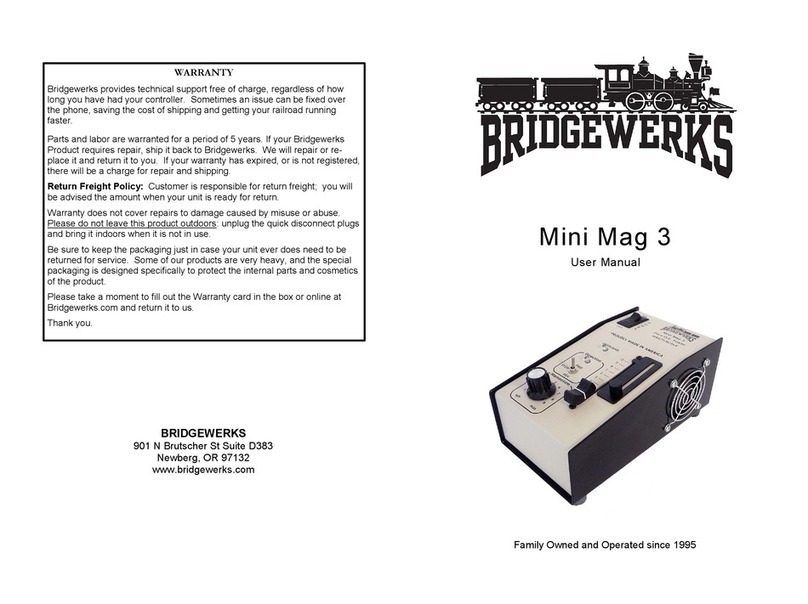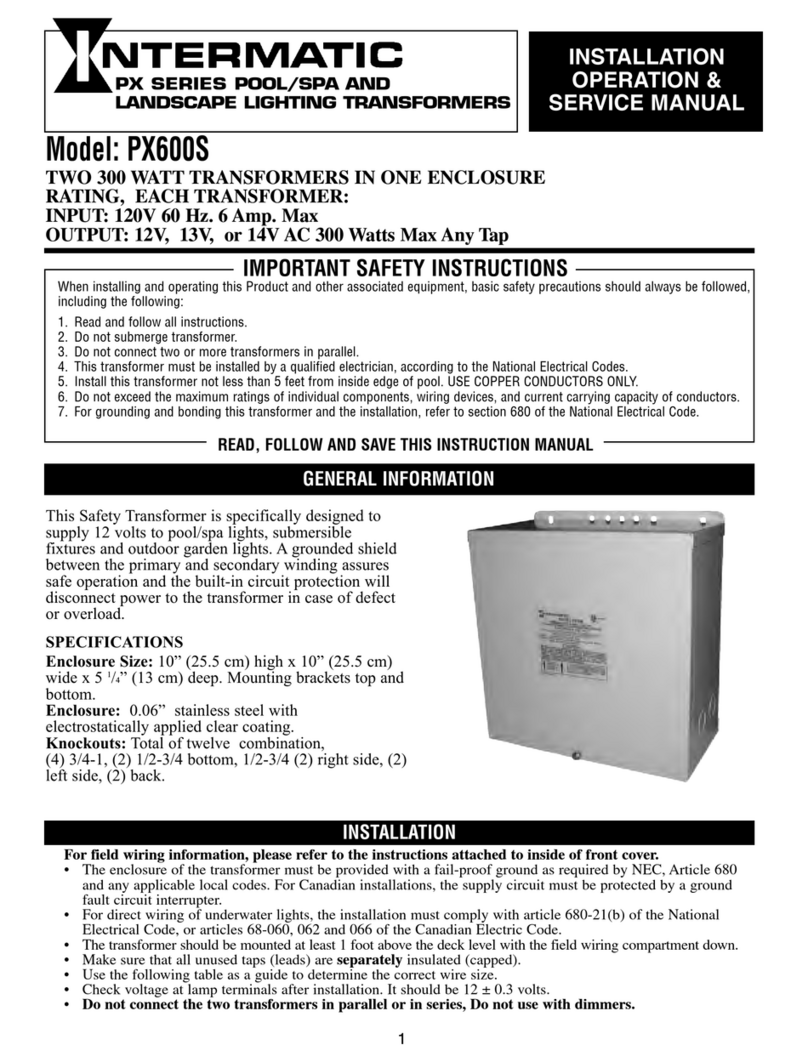
8 Installation General Instructions
transforma.organic
IG-234-EN version 01; 30/12/2015
4 INSTALLATION
4.1 Receipt of the transformer
transforma.organic is supplied prepared for its connection
to Medium Voltage (MV) and Low Voltage (LV) lines. Some
elements, such as the rollers and / or the thermometer,
may be supplied unassembled for shipping.
When the transformer is received (at the customer
warehouse or at the transformer’s final location), it must be
carefully inspected, paying special attention to the
following aspects:
►The characteristics of the transformer, as indicated
on the "Name Plate", must coincide with those in
the "Test Protocol"; and these must correspond with
those specified in the corresponding order.
►Verify the general condition of the transformer and
check for absence of dents, especially on the
cooling equipment and on the Medium Voltage
(MV) and Low Voltage (LV) bushing insulators.
►Verify that the transformer has all of its accessories
(rollers, thermometer, etc.), ensuring they are not
damaged.
If any accessory is missing or damaged,
immediately notify the carrier and Ormazabal.
►The transformer seals must be unbroken and
untouched.
Fig. 4.1: Transformer seal
Manipulating or breaking the seal cancels the
transformer warranty as well as Ormazabal's
liability.
If any anomaly is detected upon receipt of the
transformer, inform Ormazabal immediately. If,
after a 15 day period, the manufacturer has not
received a report of anomalies or defects found, it
is assumed the transformer arrived in perfect
conditions and Ormazabal will not be responsible
for any future anomalies or their consequences.
4.2 Transformer site
The transformer site for both exterior and interior
installations, must allow for adequate cooling.
Both the technical conditions and the personal and
property safety requirements of the transformer's design
and site are defined in the applicable legislation and
standards.
If the transformer is installed indoors, prepare a horizontal
base that supports the transformer. Take into account the
total weight of the transformer, which is indicated on its
"Name Plate".
Lock the rollers to prevent the transformer from moving
during its operation.
CAUTION
Natural esters have higher freezing points than those
of mineral oil. The liquid may freeze during prolonged
exposure to temperatures below -5 ºC. In these
cases, the transformer can be powered without
affecting its physical - chemical properties. However,
the transformer should be protected from low
temperatures during prolonged storage periods.
Poor ventilation of the transformer may cause it to
overheat.
